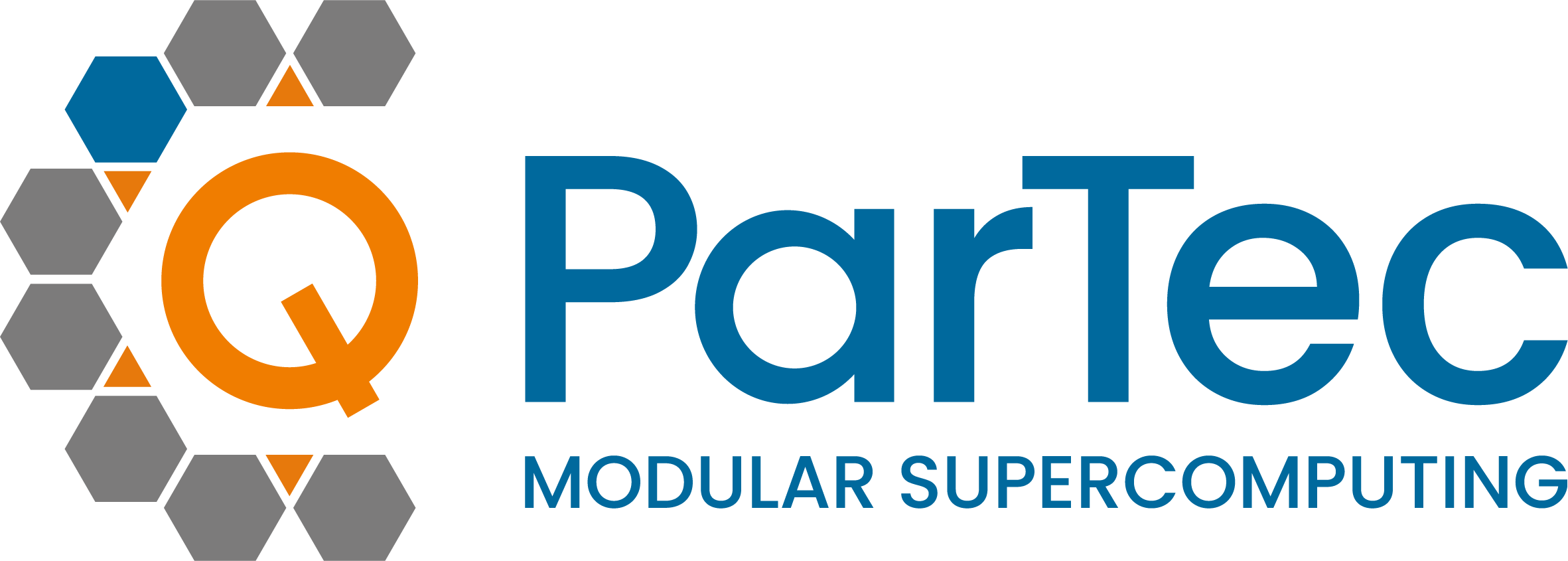Forschungszentrum Jülich and Eviden announced yesterday that the delivery of a modular data centre for Europe’s first exascale supercomputer, JUPITER, has been contractually sealed. The modular data centre consists of around 50 container modules on an area of 2,300 square metres, which offer a modern alternative to conventional solid buildings thanks to significantly shorter planning and construction times, reduced construction and operating costs and greater flexibility. Due to the lower use of materials and better recycling options, data centres made of steel containers also offer major advantages in terms of sustainability.
The JUPITER supercomputer will be the first ExaFlop system in Europe – a computer with at least 1 trillion computing operations per second. The system will be provided by a ParTec-Eviden supercomputer consortium and will be installed on the campus of the Jülich Research Centre in Germany in 2024.
The JUPITER system will consist of two computing modules, a booster module and a cluster module. The booster module will deliver an FP64 performance of 1 ExaFLOP/s, measured with the HPL benchmark.It implements a highly scalable system architecture based on the latest generation of NVIDIA GPUs in the Grace Hopper superchip form factor.The universal cluster module targets workflows that either do not benefit from accelerator-based computation, or large/complex workflows where there is either a mix of CPU and GPU execution phases, or where CPU processors are required in the periphery during pre- and post-processing.In addition, a 21 petabyte flash module (ExaFLASH) based on IBM Storage Scale software and a corresponding storage appliance based on IBM ESS 3500 devices will be provided.All JUPITER compute nodes as well as the storage and service systems are connected to a large NVIDIA Mellanox InfiniBand NDR fabric implementing a DragonFly+ topology.

To provide you with an optimal experience, we use technologies such as cookies to store and/or access device information. If you consent to these technologies, we may process data such as browsing behavior or unique IDs on this website. If you do not give or withdraw your consent, certain features and functions may be impaired.